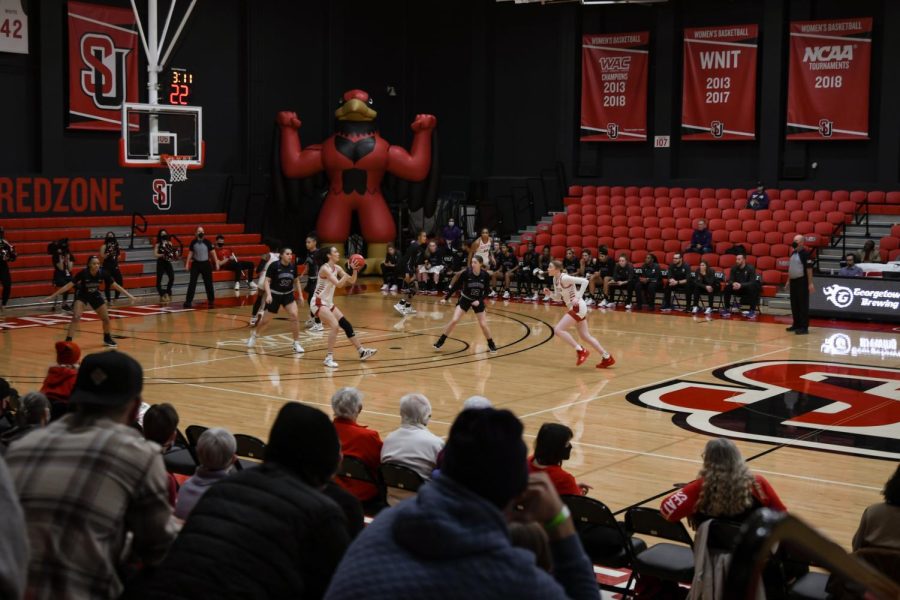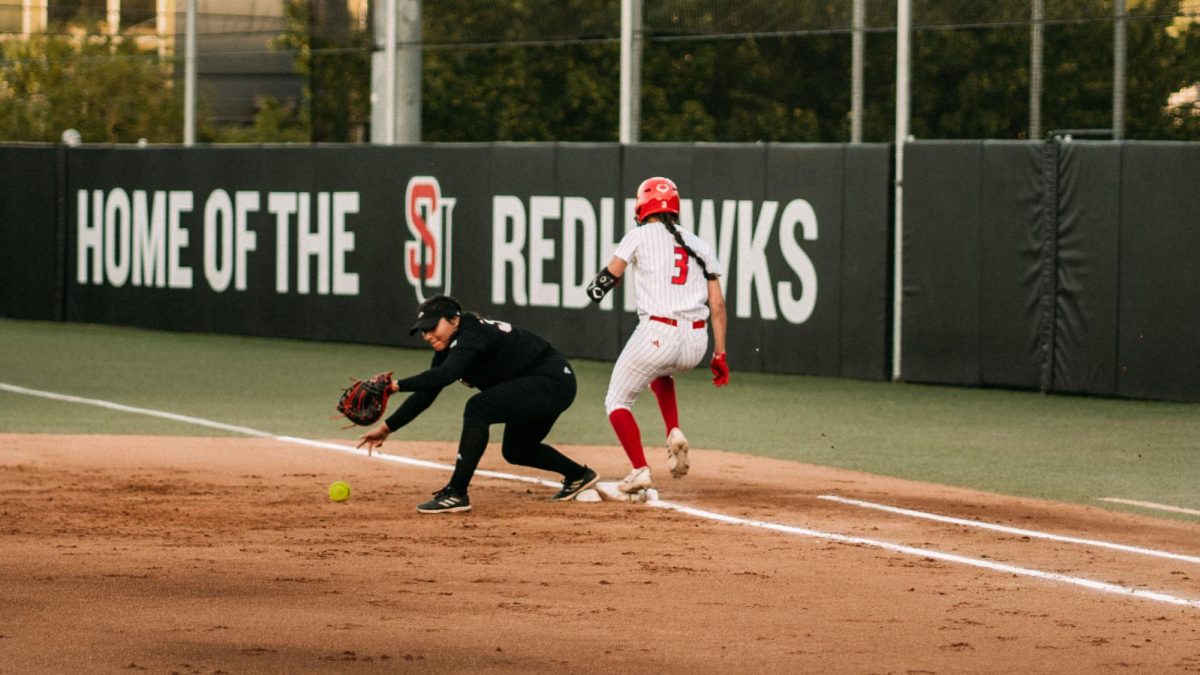For the first time in the history of the tournament, the United States Women’s National Soccer Team (USWNT) failed to earn a top-three placement in the World Cup.
In fact, they didn’t even make it past the Round of 16.
But this result would not come as a surprise to anyone who watched the USWNT play this World Cup. The team barely made it out of the group stage with a 1-0-2 record—their worst-ever performance.
Those who watched the games could see that the team looked disorganized and disconnected, with very few shots on goal. For a team that was touted by some to be the favorite going into the tournament, they certainly did not play like it.
Fortunately, the USWNT was able to put out a better showing in their knockout stage match against Sweden. Unfortunately, this ended up being too little too late. After a scoreless 120 minutes of play, the game advanced to a penalty shootout, where Sweden came out on top 5-4.
This result was an obvious shock to the world of women’s soccer. How could the previous year’s victor put out such a terrible showing? Had the rest of the world finally caught up to the U.S., or were other extenuating circumstances holding them back?
In my mind, it is most certainly a combination of the two.
After the 2019 World Cup, Head Coach Jill Ellis announced that she would be stepping down from the team after five years in the position. During her tenure, Ellis’ teams secured back-to-back World Cup victories. Whoever was chosen as her replacement would have big shoes to fill. Later that year, Vlatko Andonovski was appointed as the new head coach of the USWNT.
Under Andonovski, there were many changes made to the USWNT. To start, Andonovski recruited a lot of exciting younger talent to the team. He also made changes to USWNT tactics to echo European football—straying from what the team had developed as their style of football.
While Andonovski started with a 16-game winning streak, his time as coach quickly went south. Nothing made this more apparent than the USWNT’s opening game in the 2020 Olympics, where they suffered an embarrassing 3-0 loss to Sweden.
This was the game that made it clear that Andonovski might not be the best person for the job.
Between their lackluster performance in the Olympics and their early exit from the 2023 Women’s World Cup, Andonovski also oversaw the USWNT’s longest losing streak in almost 10 years, with three losses in a row.
During this year’s World Cup, it seemed as if Andonovski lacked gameplans in every match. He was also seemingly unable to use subs to his advantage, and many talented players were left to sit on the bench. A few weeks after the USWNT’s untimely exit from the tournament, it was announced that Andonovski would be stepping down as head coach.
Another problem the USWNT faced in this World Cup was their lack of key players. Mallory Swanson, who had been the team’s leading scorer this year, suffered a knee injury in early April, counting her out of the tournament. Midfielders Sam Mewis and Catarina Macario had also been dealing with long-term injuries. Additionally, team captain and defender Becky Sauerbrunn was unable to attend the tournament because of an injury, which left a huge hole in the defensive line.
With so many missing players, there were surprise additions to the roster for the 2023 Women’s World Cup: Julie Ertz, who had taken a 611-day break from playing professional soccer, Savannah DeMelo, who was the only uncapped player to make the roster and goalkeeper Audrey Kingsbury, who only had one cap for the USWNT.
However, injured players and lackluster coaches were not the only reasons for the USWNT’s failure to perform. For most of the team’s existence, they have been a powerhouse because of the resources, however slim, available in the U.S. for women’s soccer. When international professional women’s soccer began, the U.S. had more players to pull from because they had more women playing soccer as youth and in college. This was in no small part due to Title IX, which guaranteed opportunities for girls to play.
The USWNT also had an organization that was willing to spend money on them, even if that total was not as much as the men’s team. But in recent years, the rest of women’s soccer has made strides to catch up to the U.S..
Countries and clubs want to beat the U.S., so they are putting more money into the development of women’s soccer at both the youth and professional levels. Many have theorized since 2019 that the rest of the world may finally be catching up to the U.S., and I believe that this year’s World Cup shows that they have.
As a longtime supporter of the USWNT, I hope that this World Cup encourages the team to not get comfortable with the dominance they have long relied on. I don’t doubt that the team will be able to stay near the top of FIFA’s rankings. But as a fan of women’s soccer in general, I am excited to see the growth of the game. The rest of the 2023 Women’s World Cup was plenty thrilling and fun to watch without the U.S., which makes for a compelling future of the game.







![Josh Gibson Supplants Ty Cobb, Babe Ruth, as Baseball’s Best Hitter [OPINION]](https://seattlespectator.com/wp-content/uploads/2024/05/gettyimages-72075891-1200x675.jpg)





Kelli
Oct 16, 2023 at 3:31 pm
Excellent article.